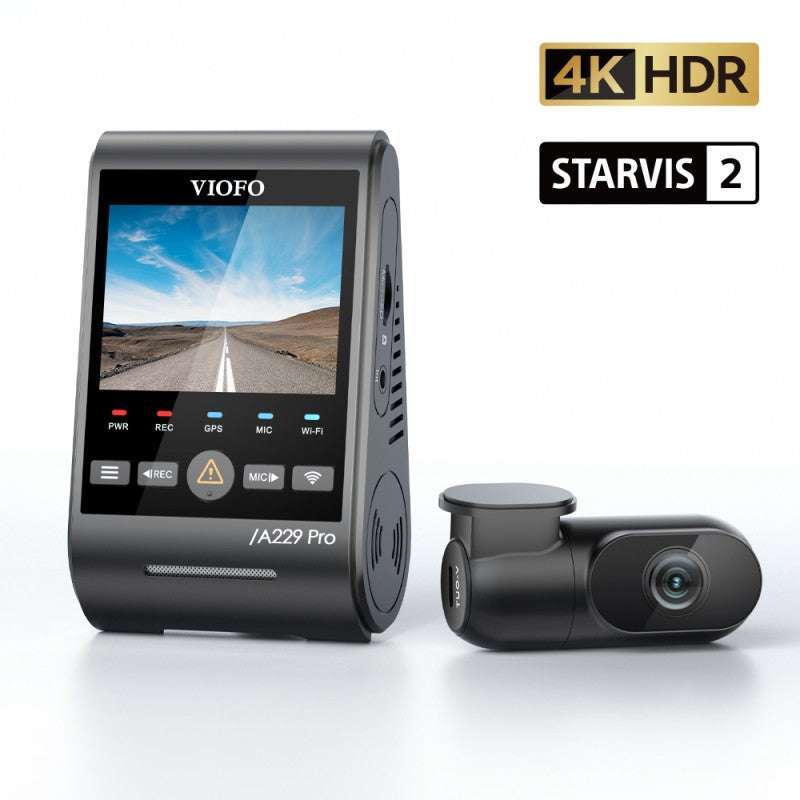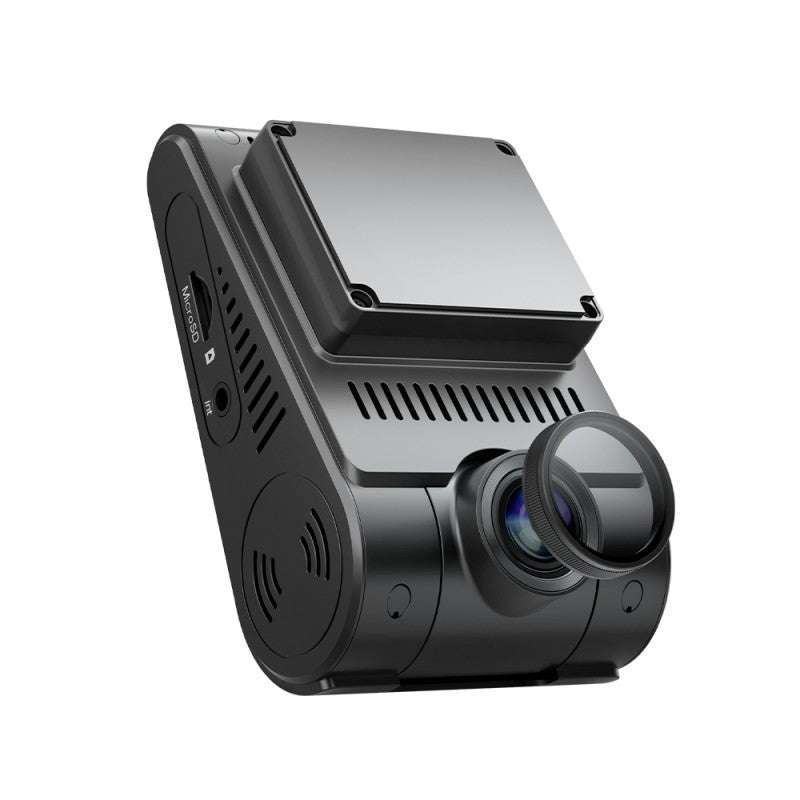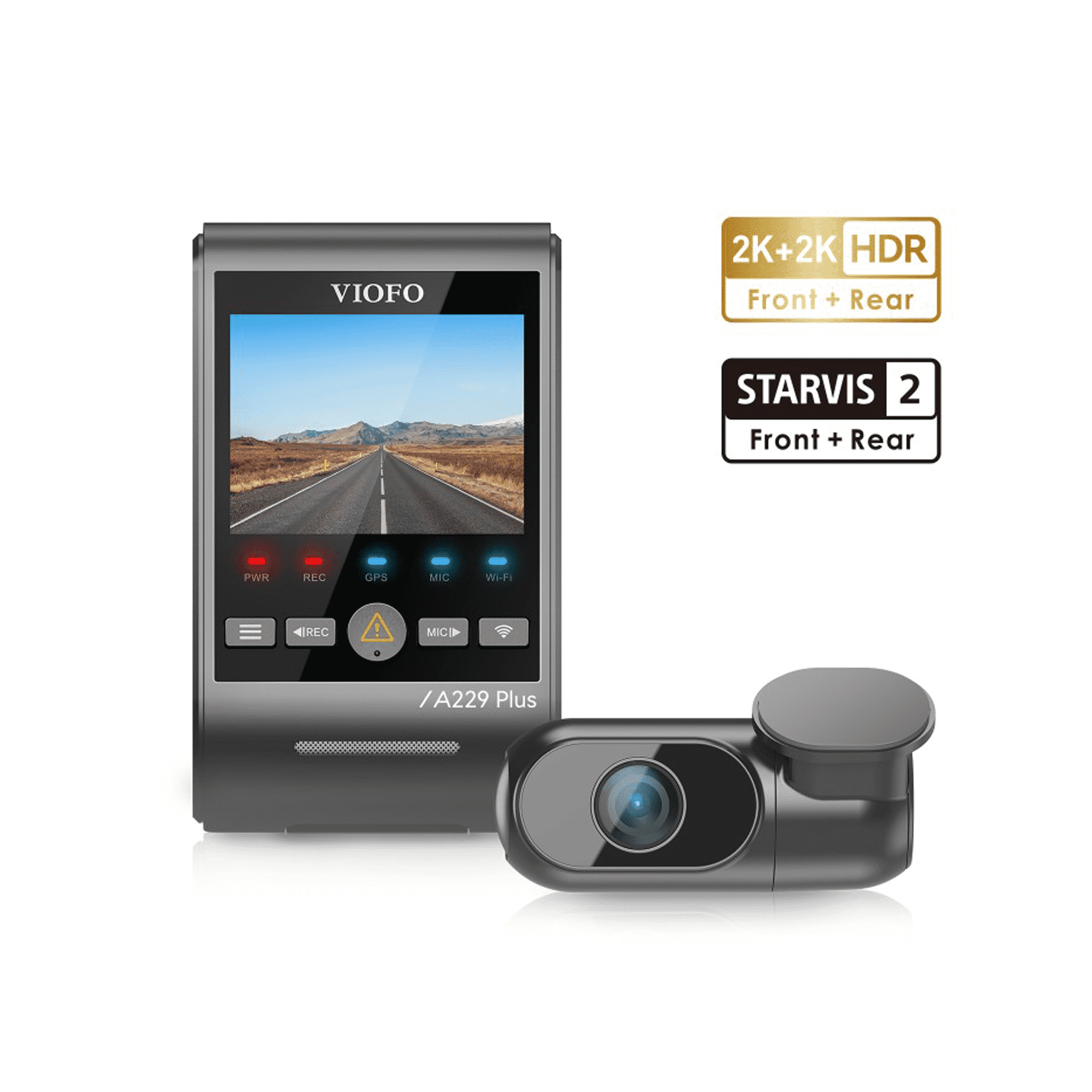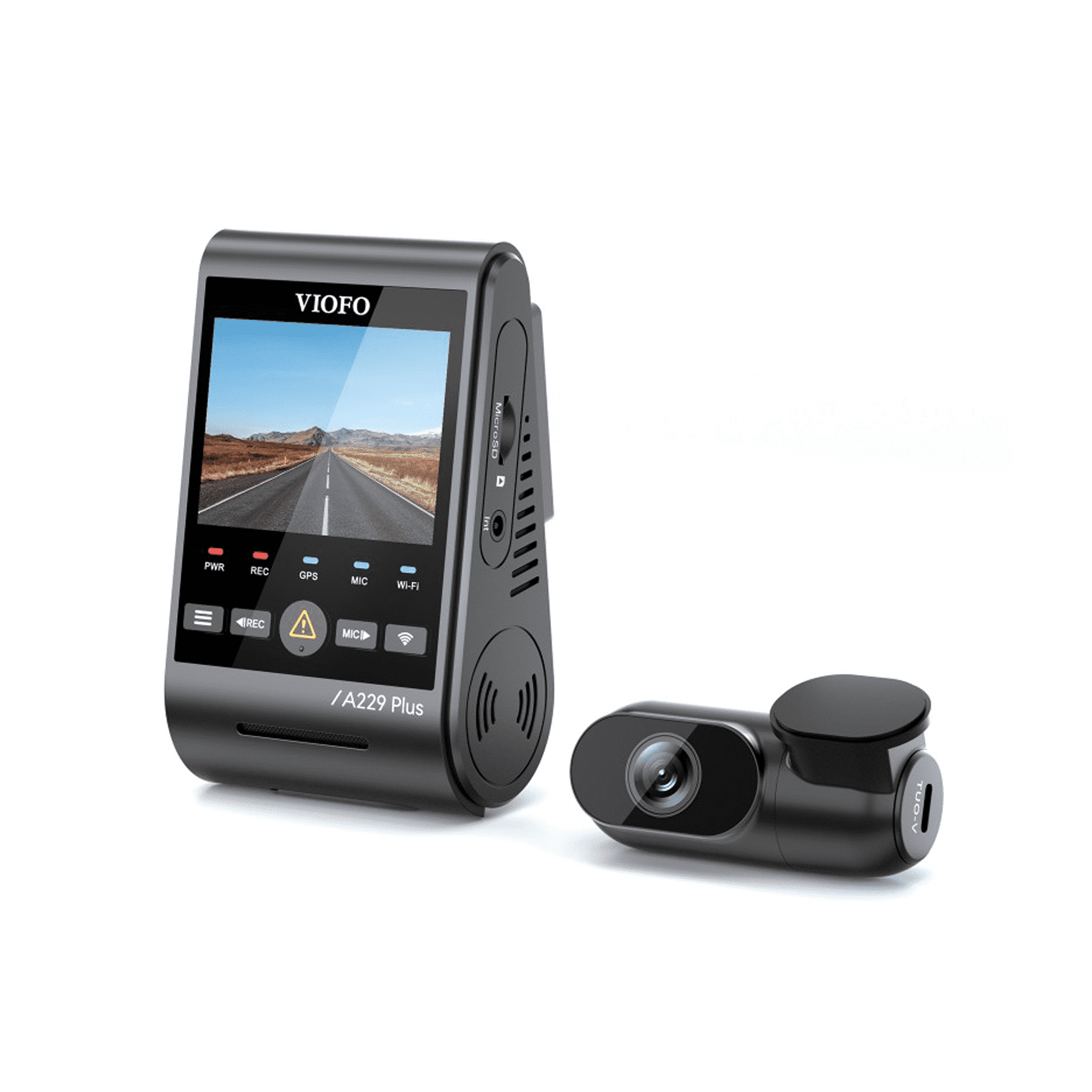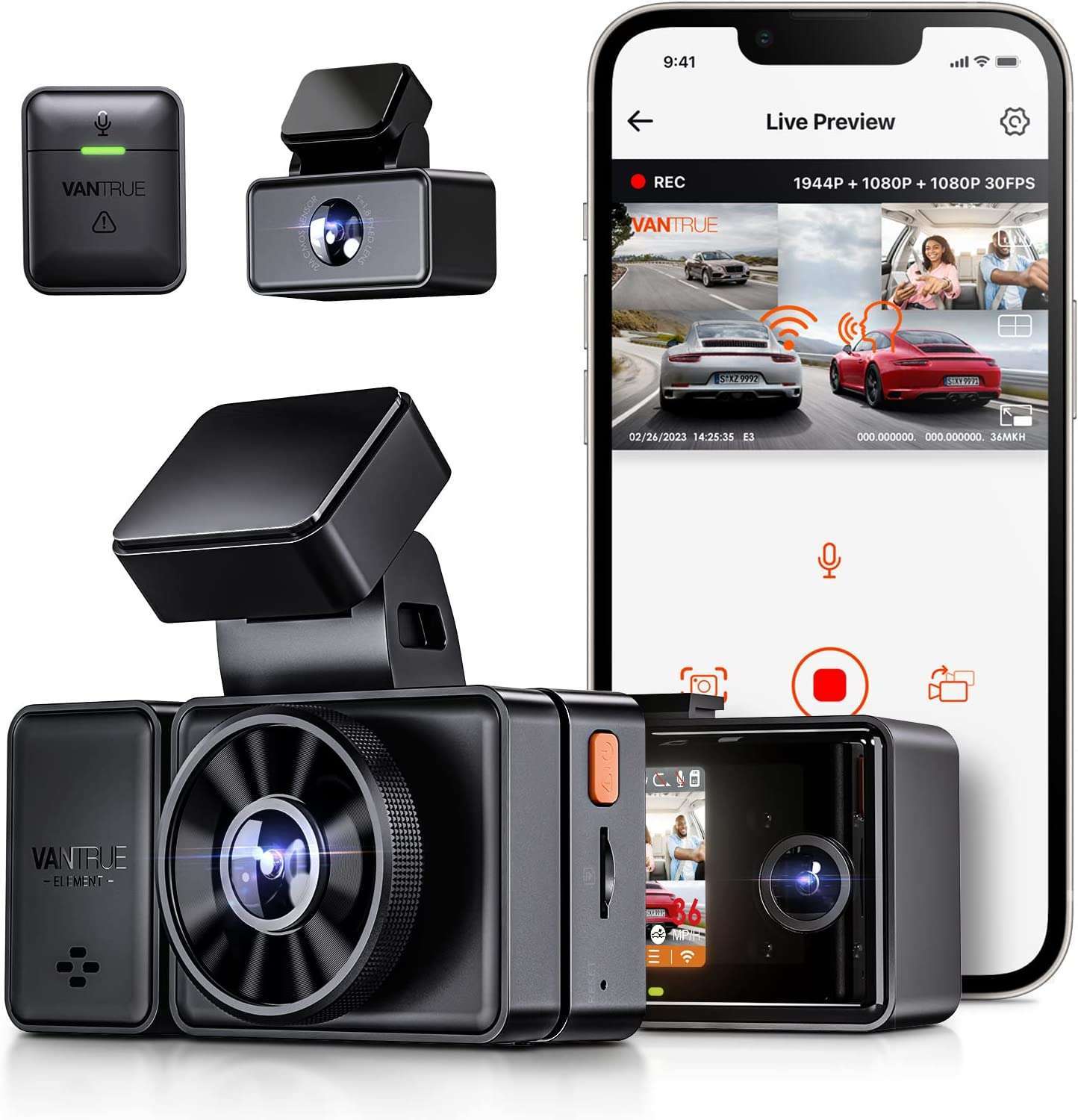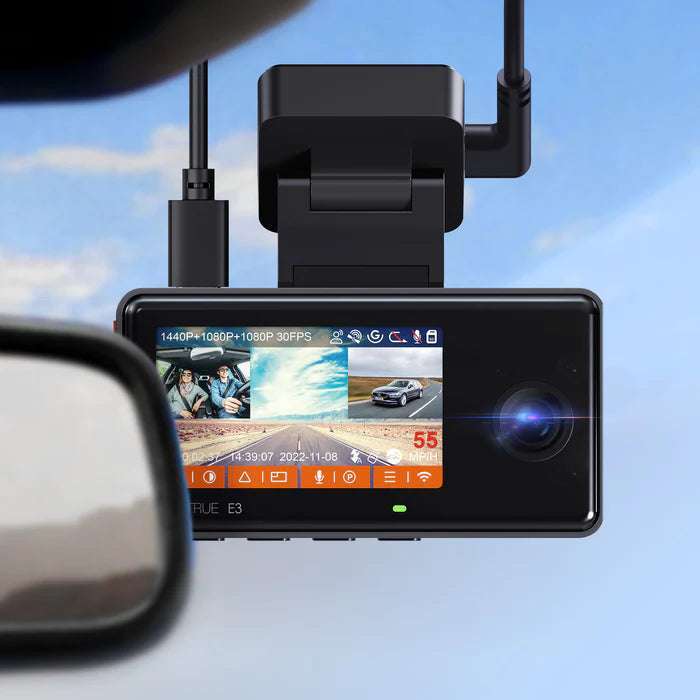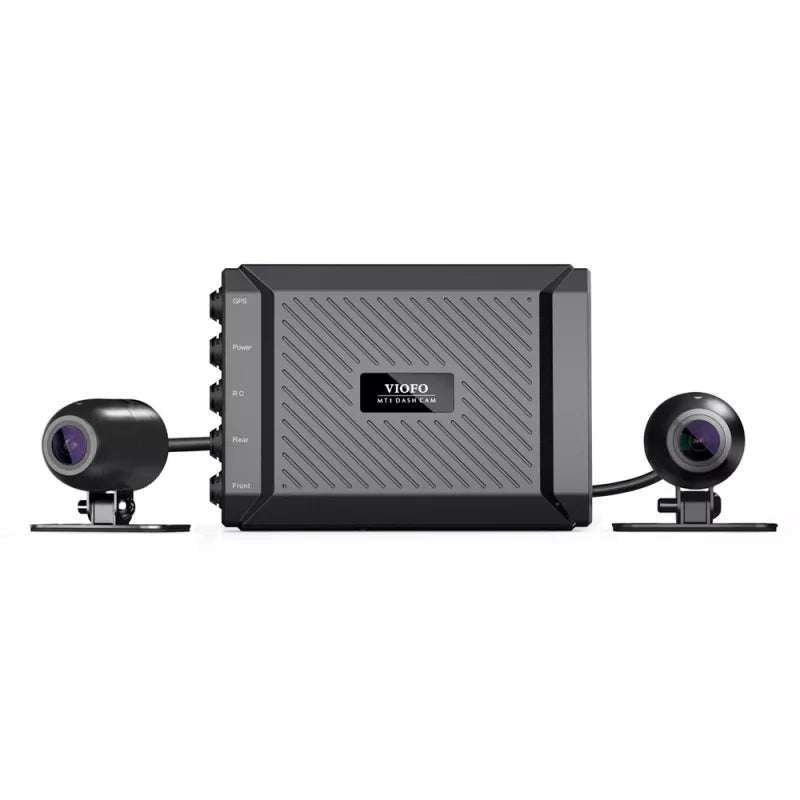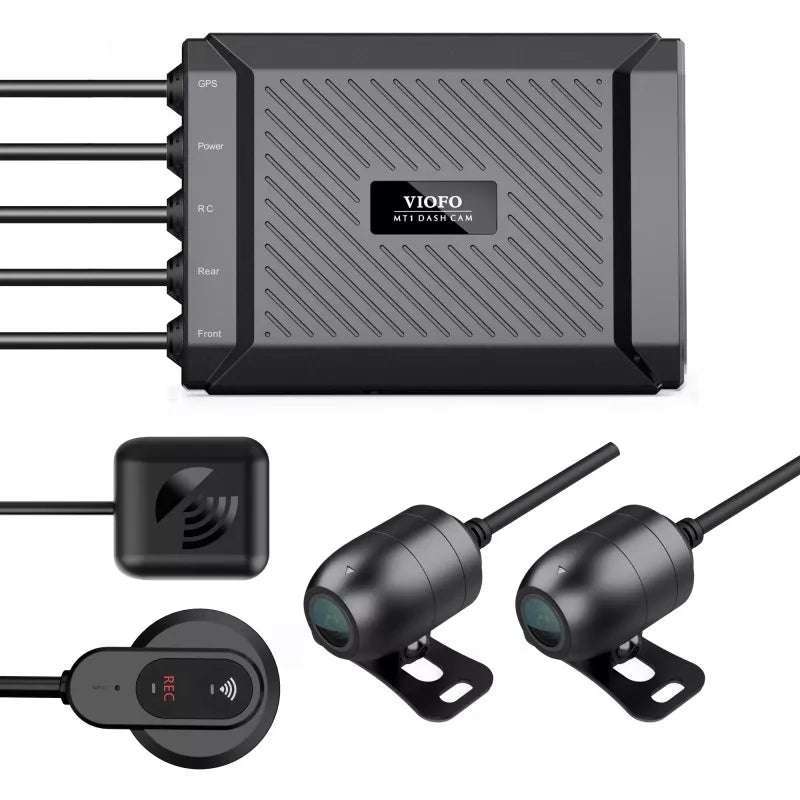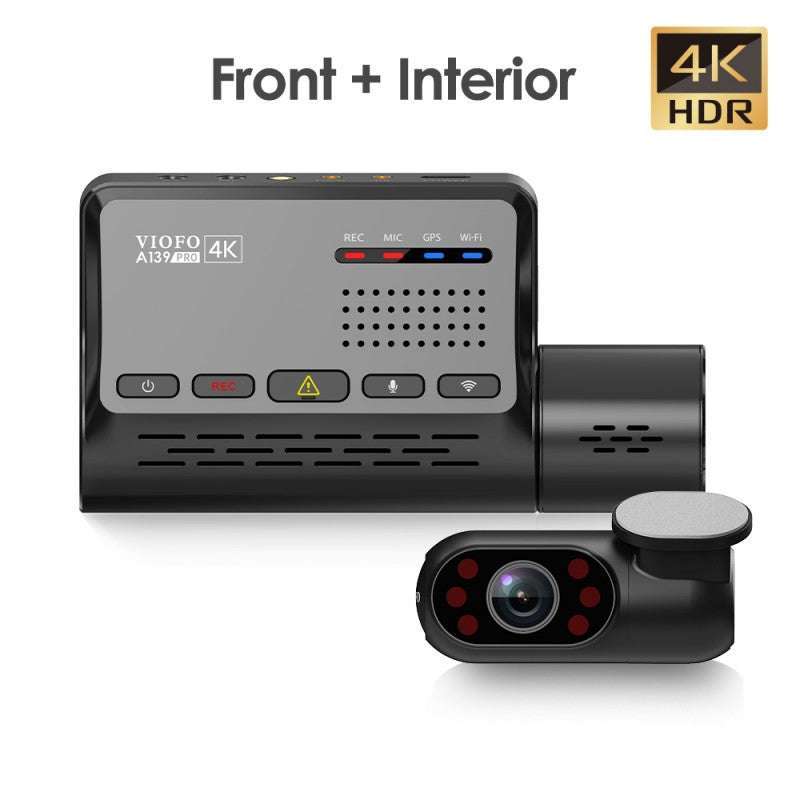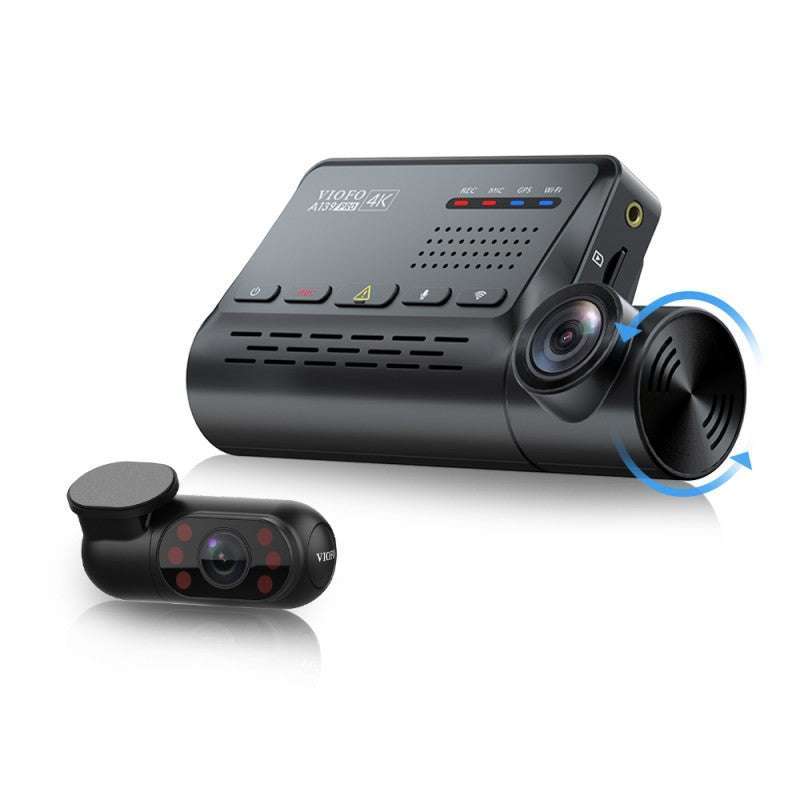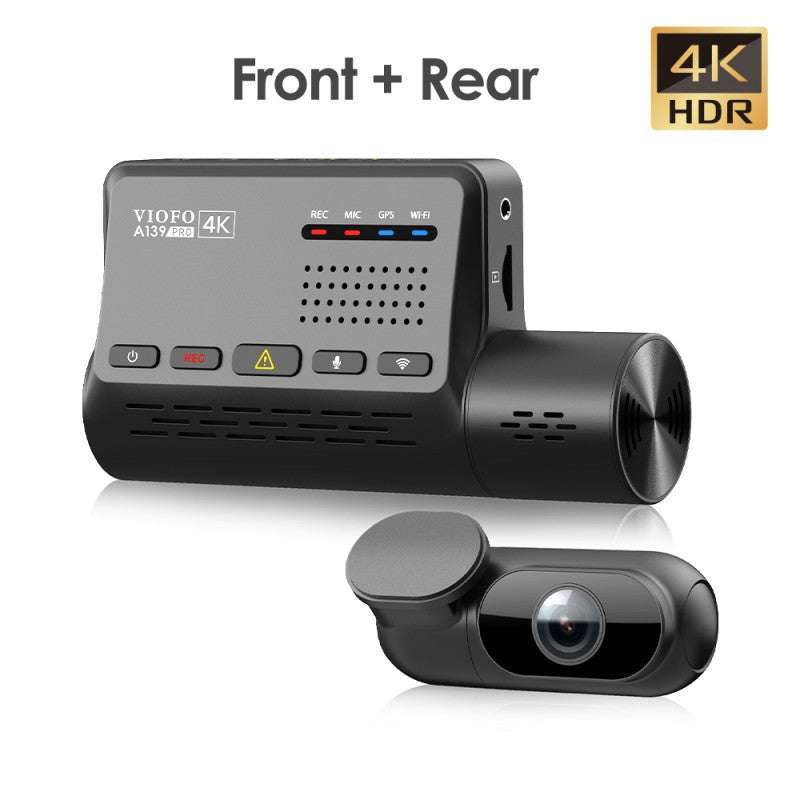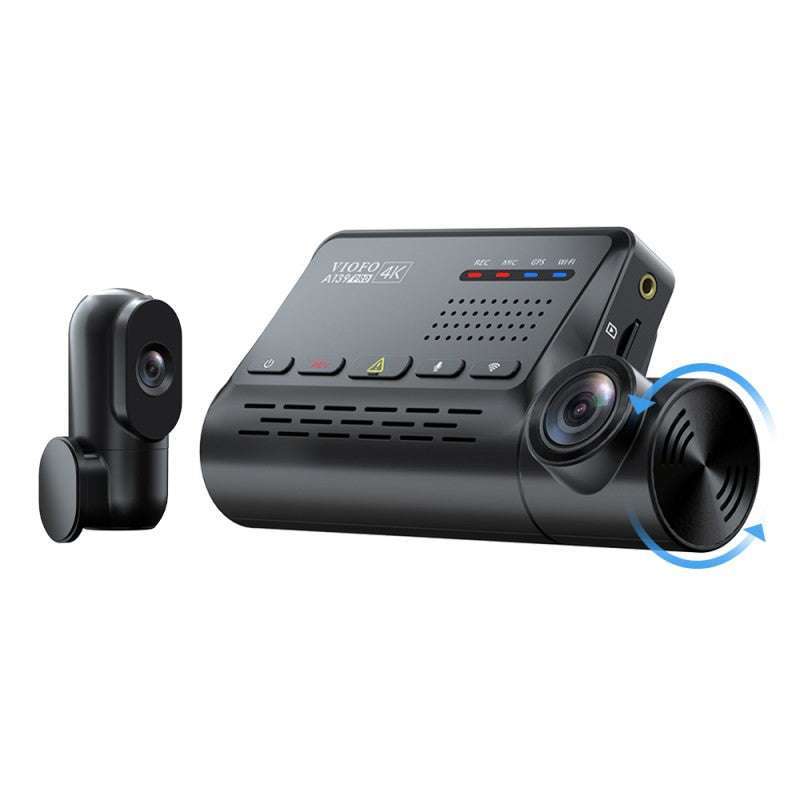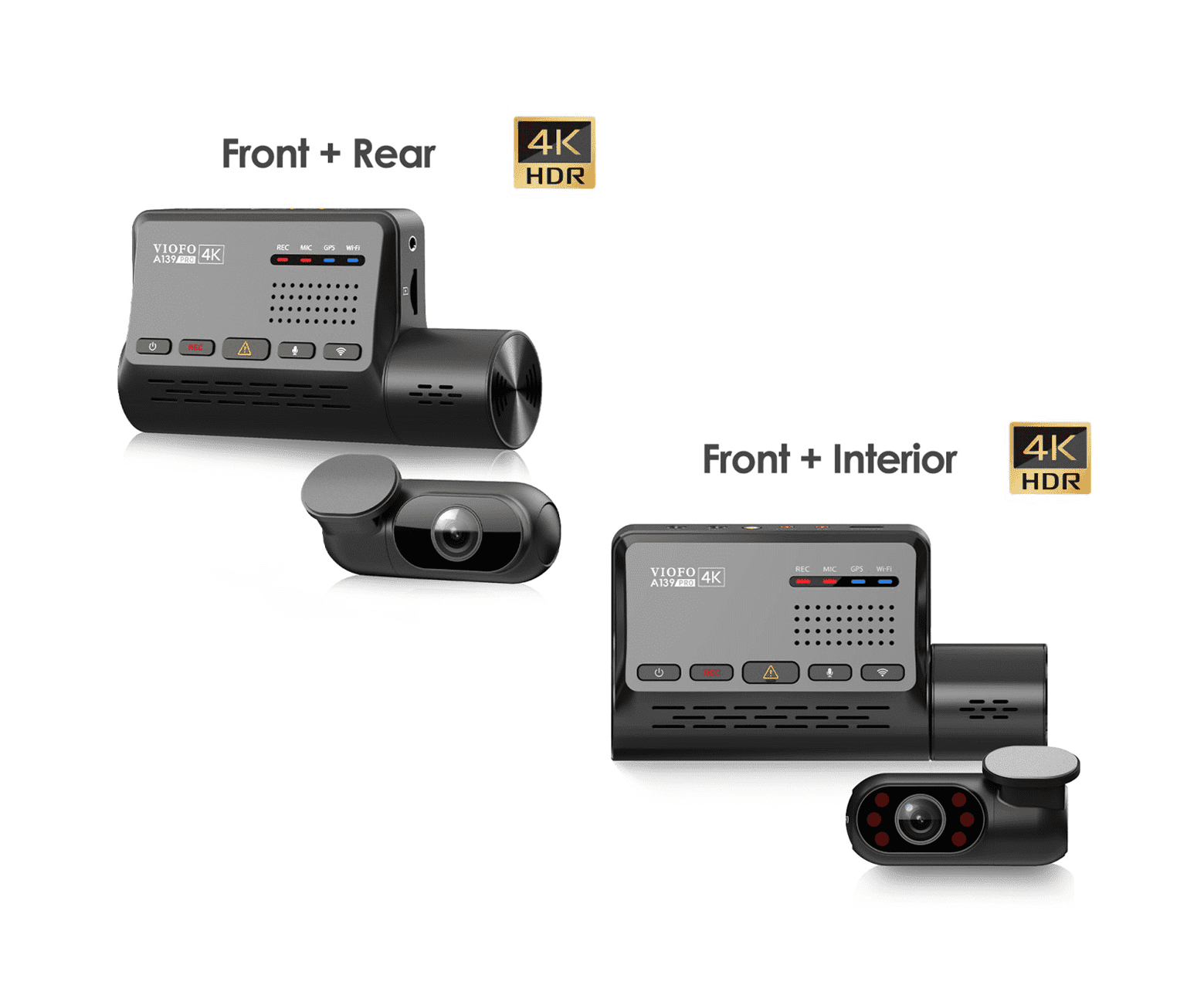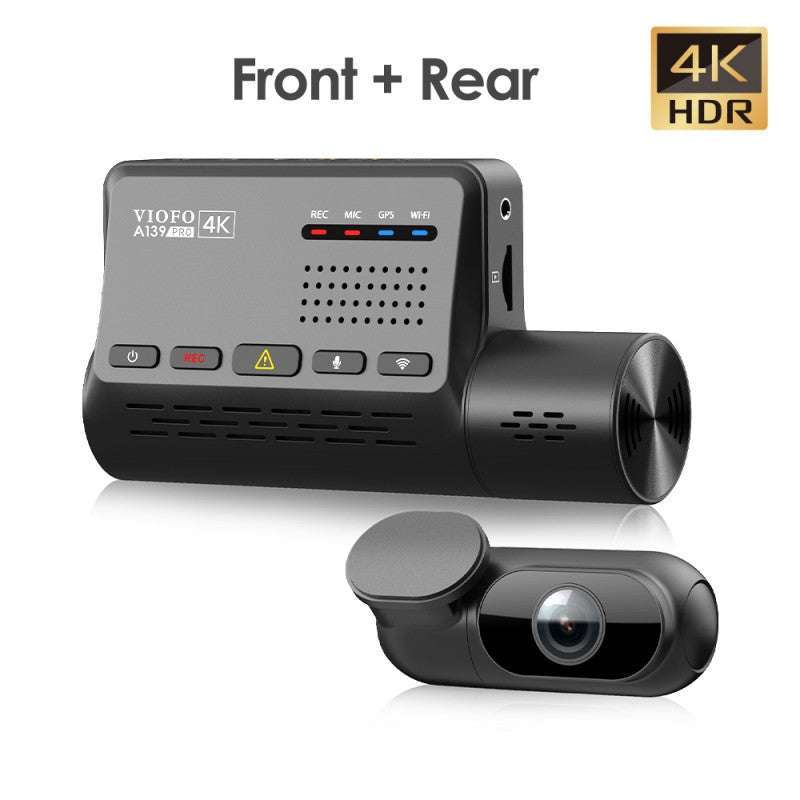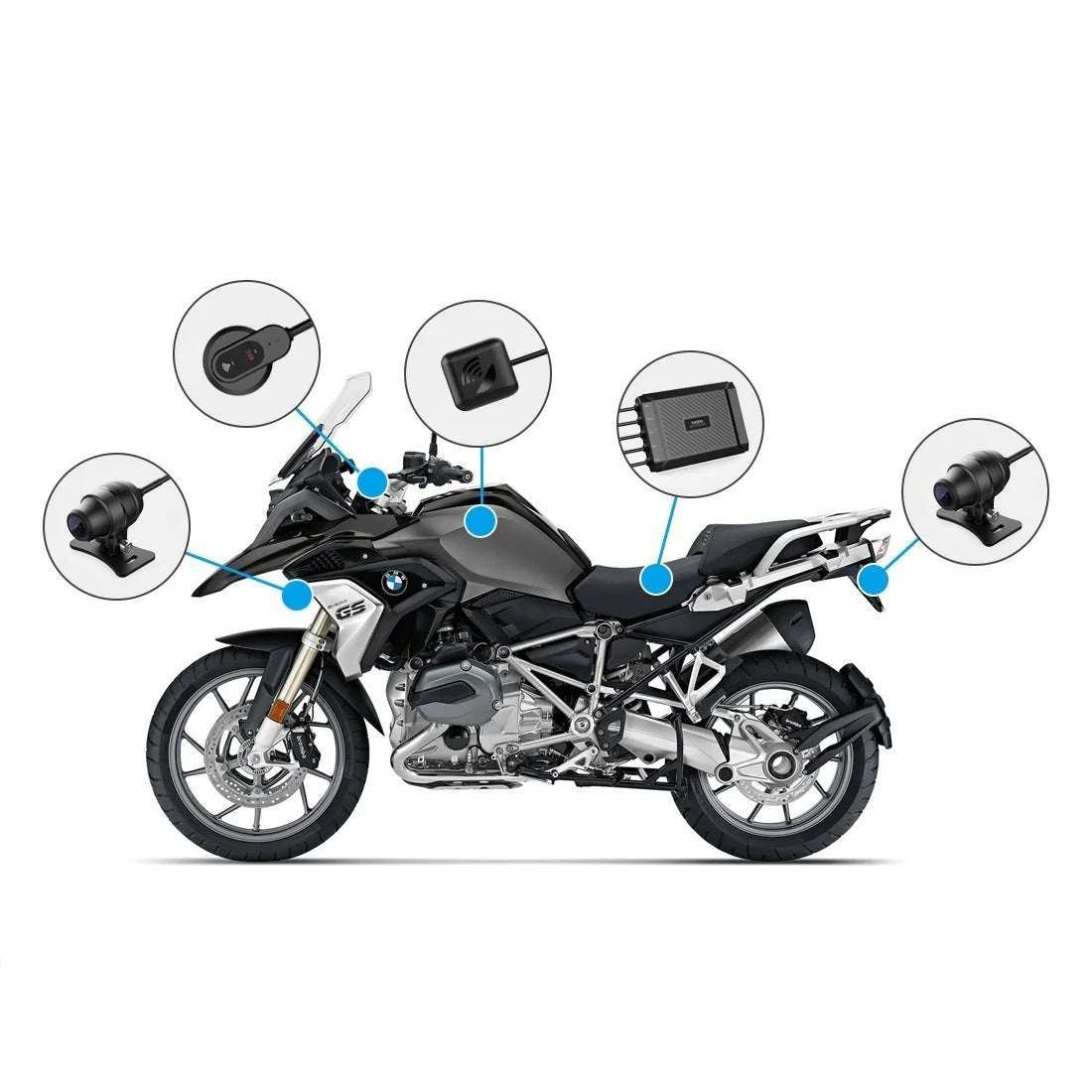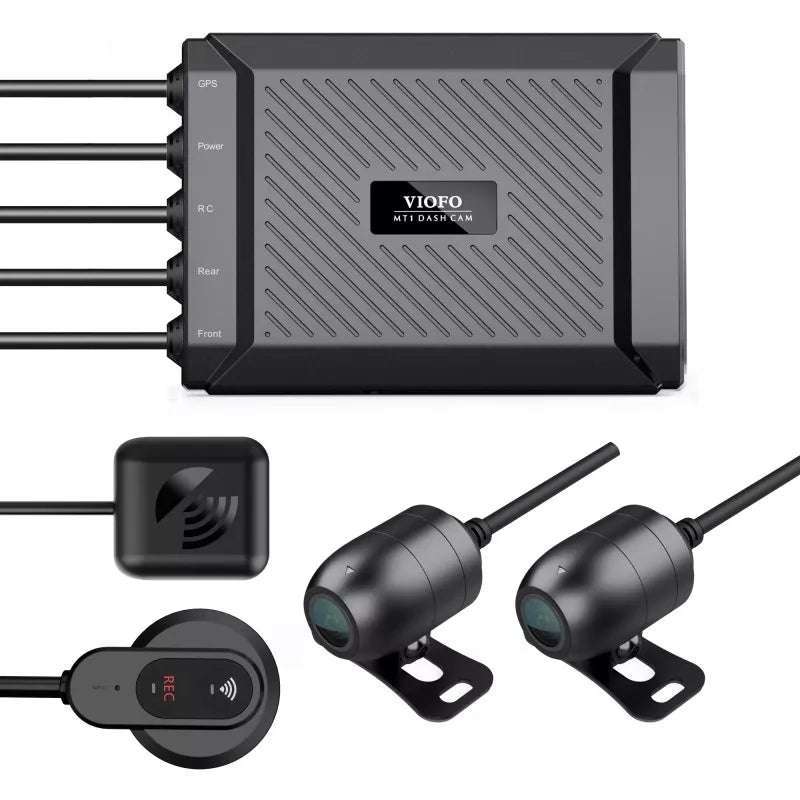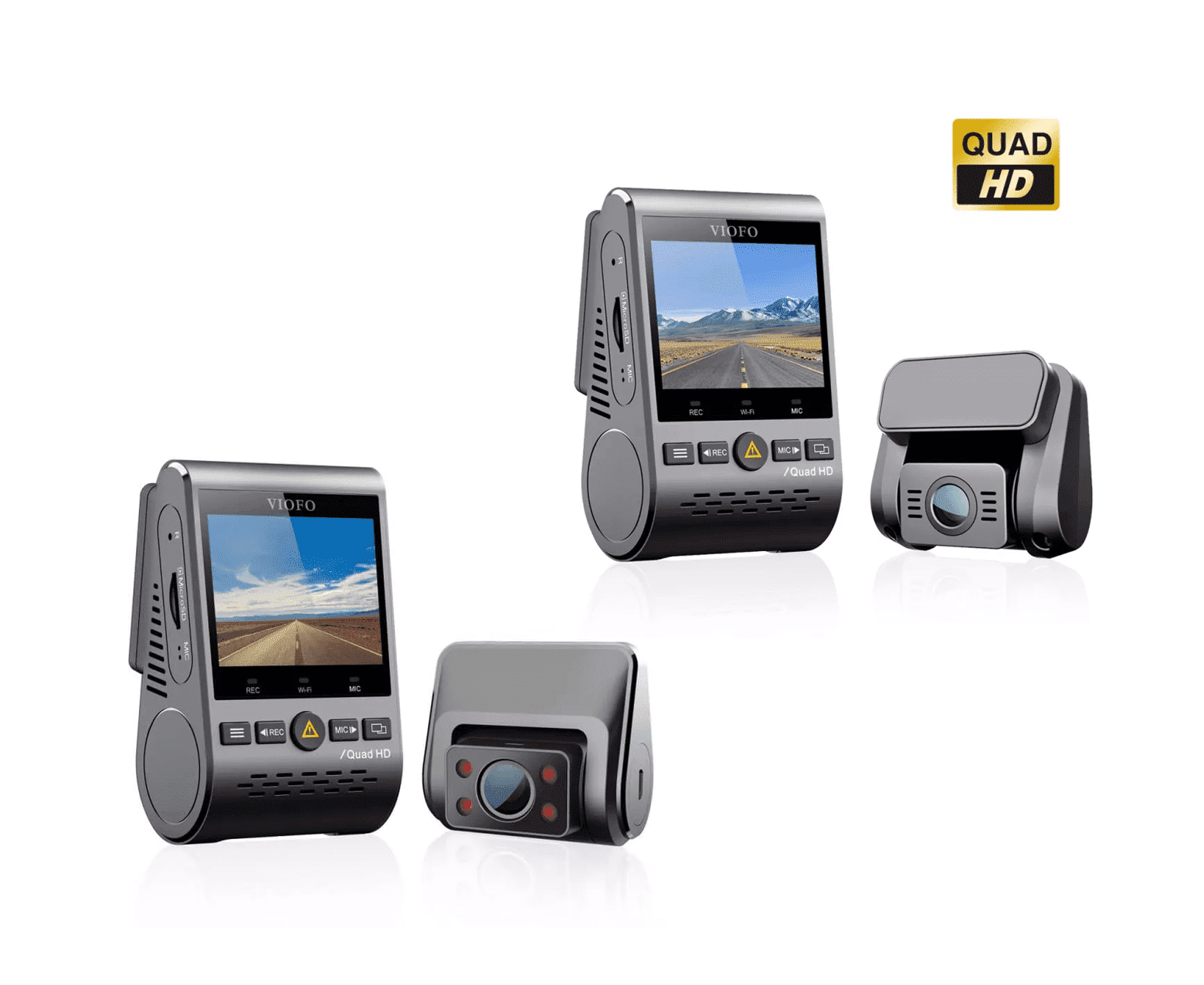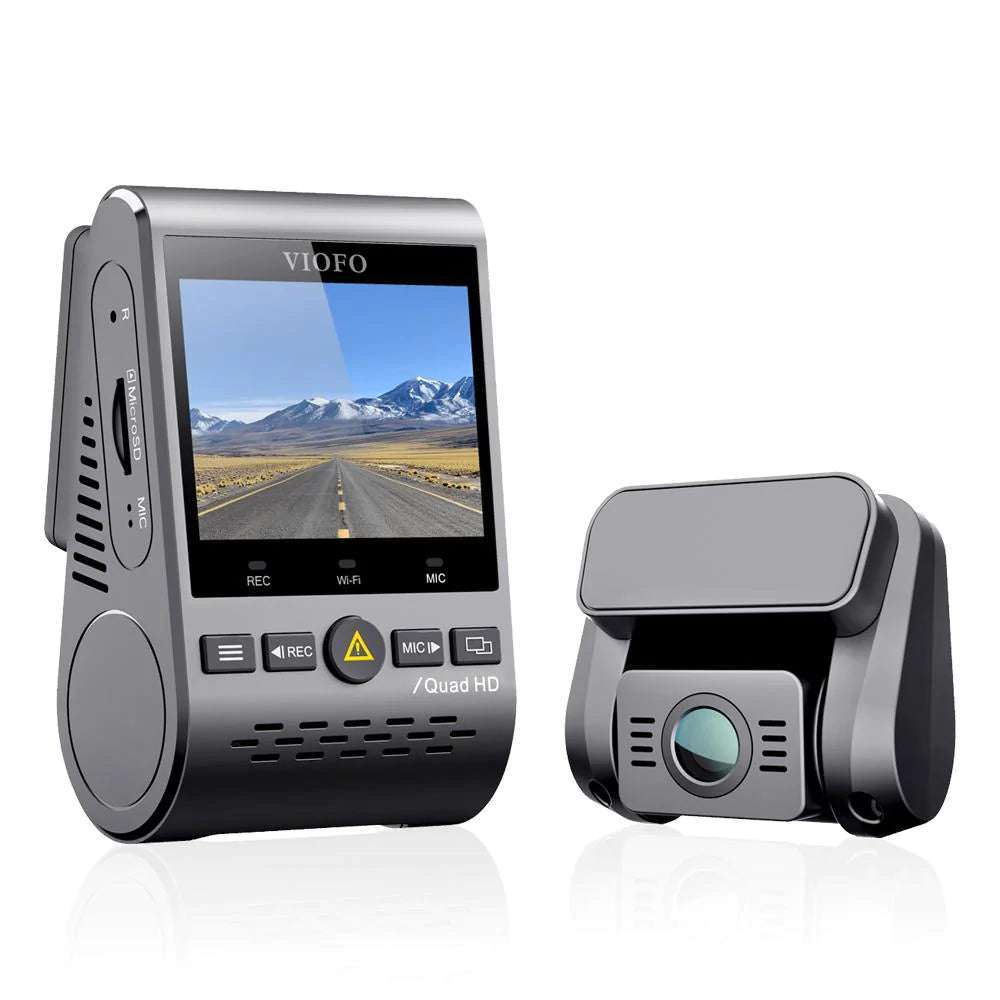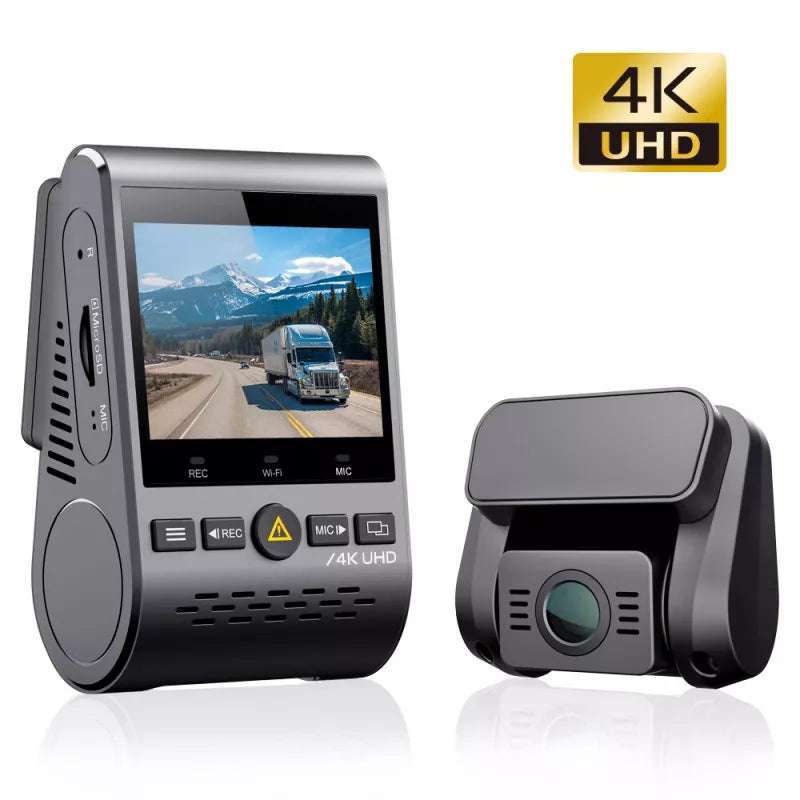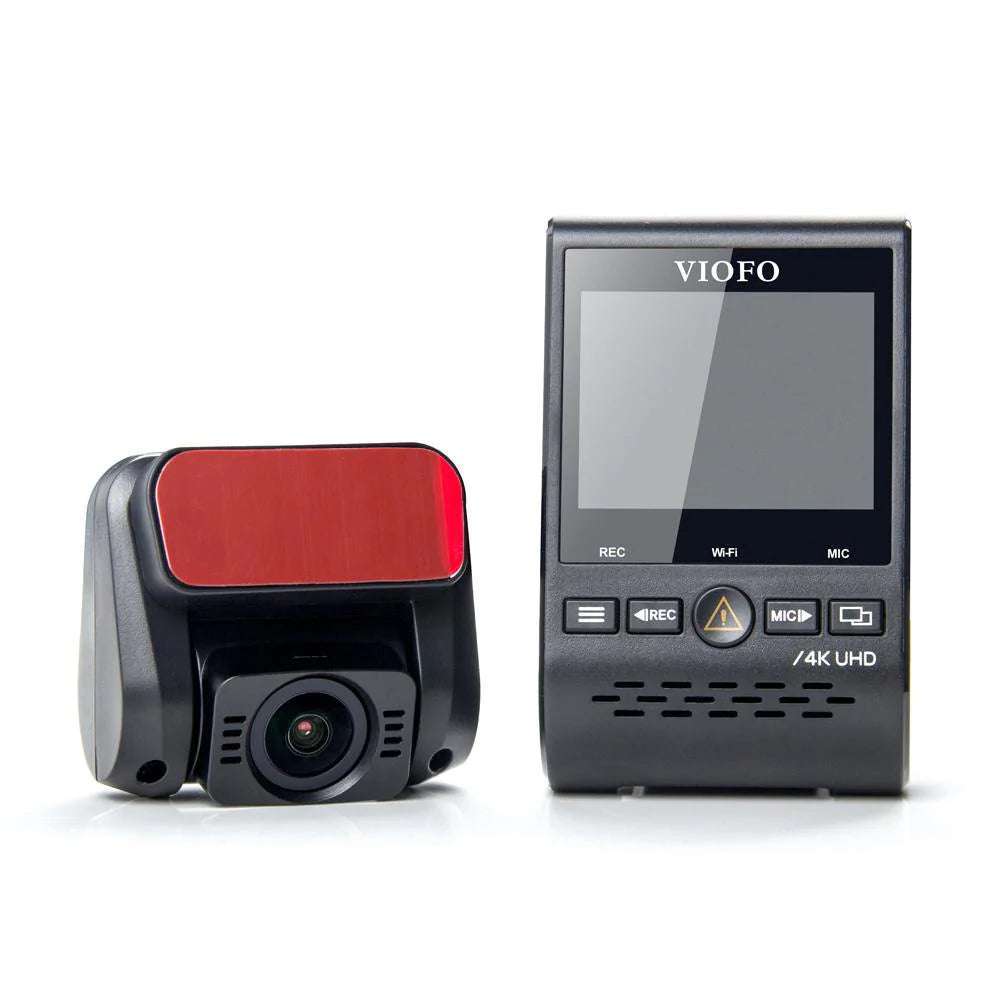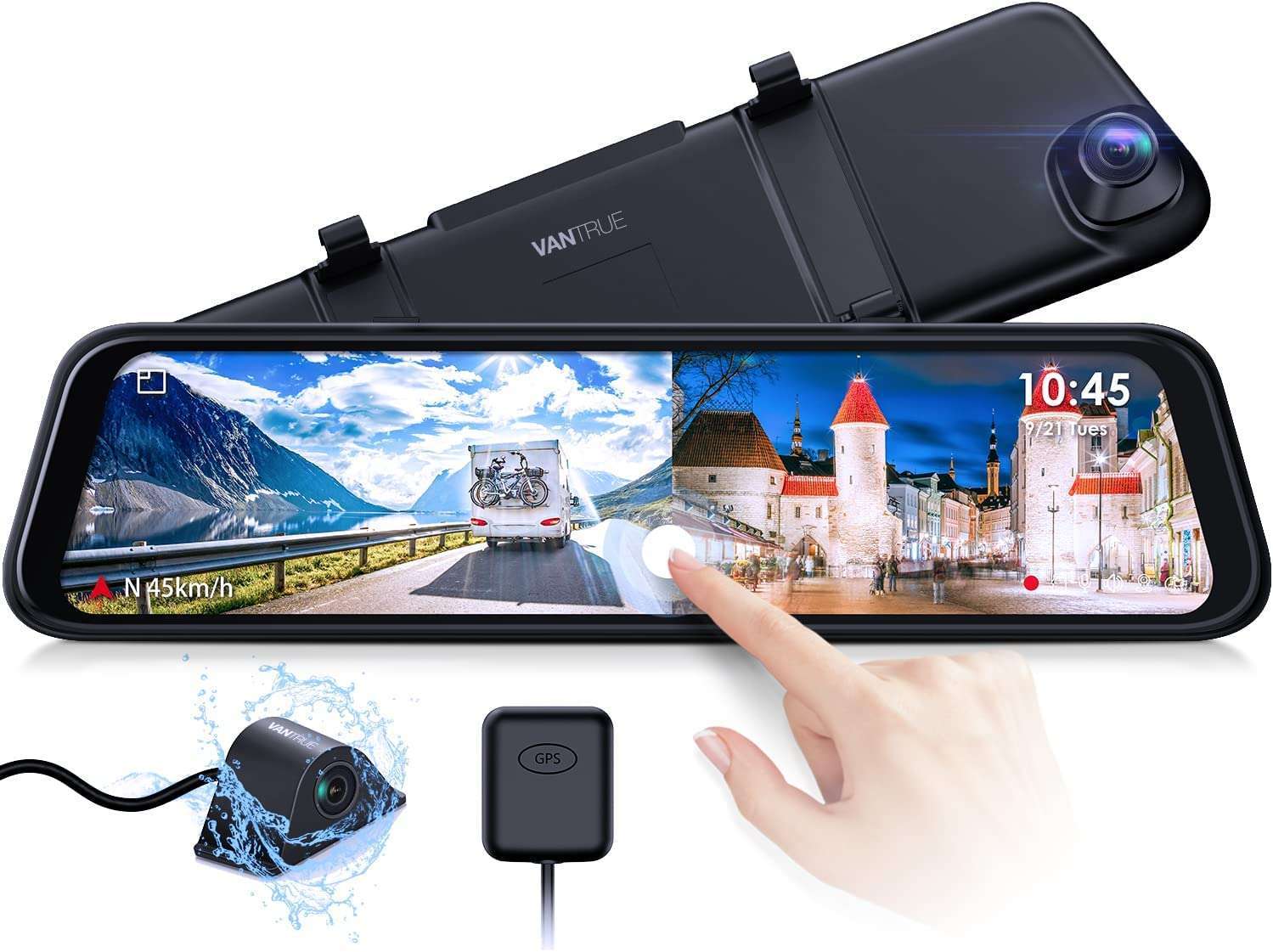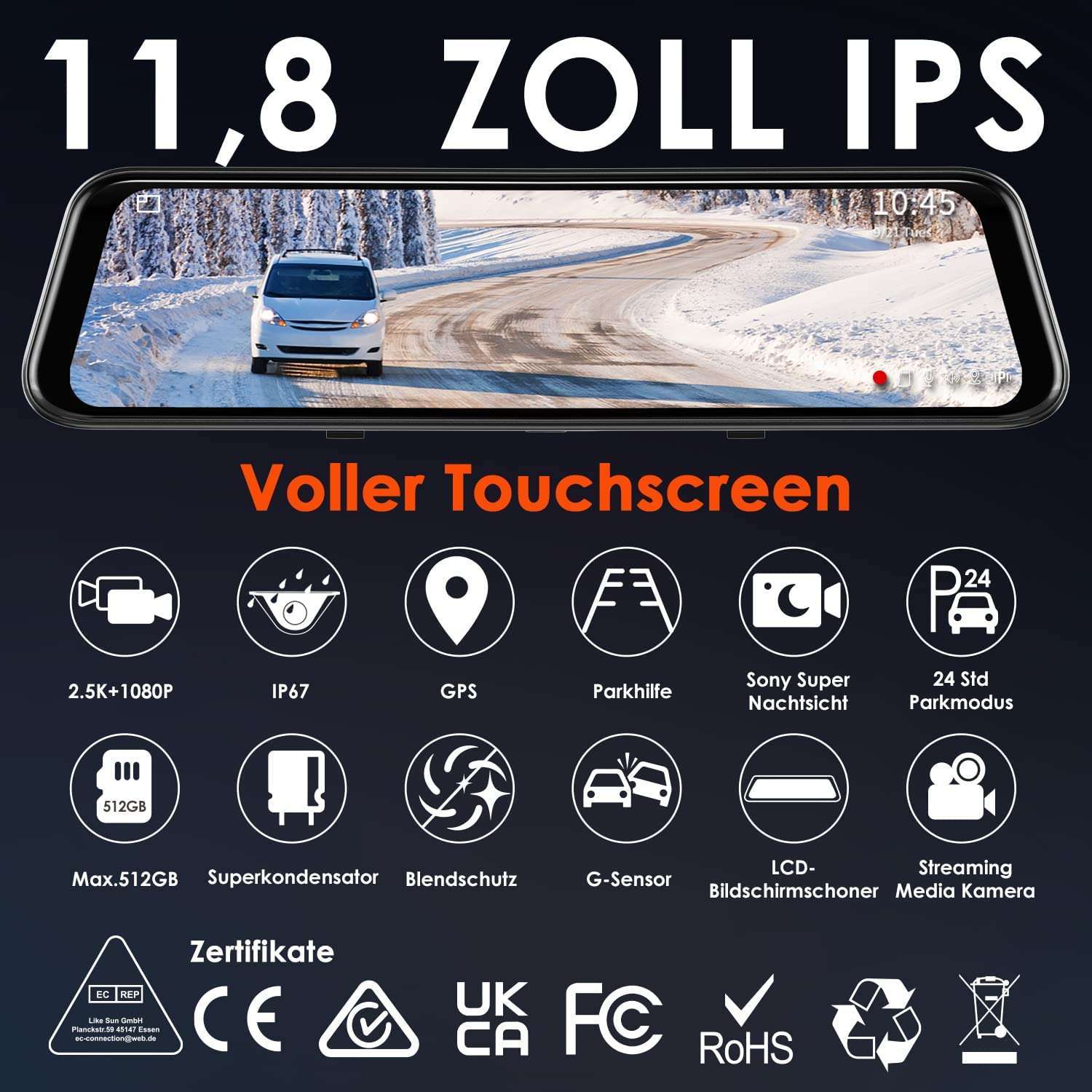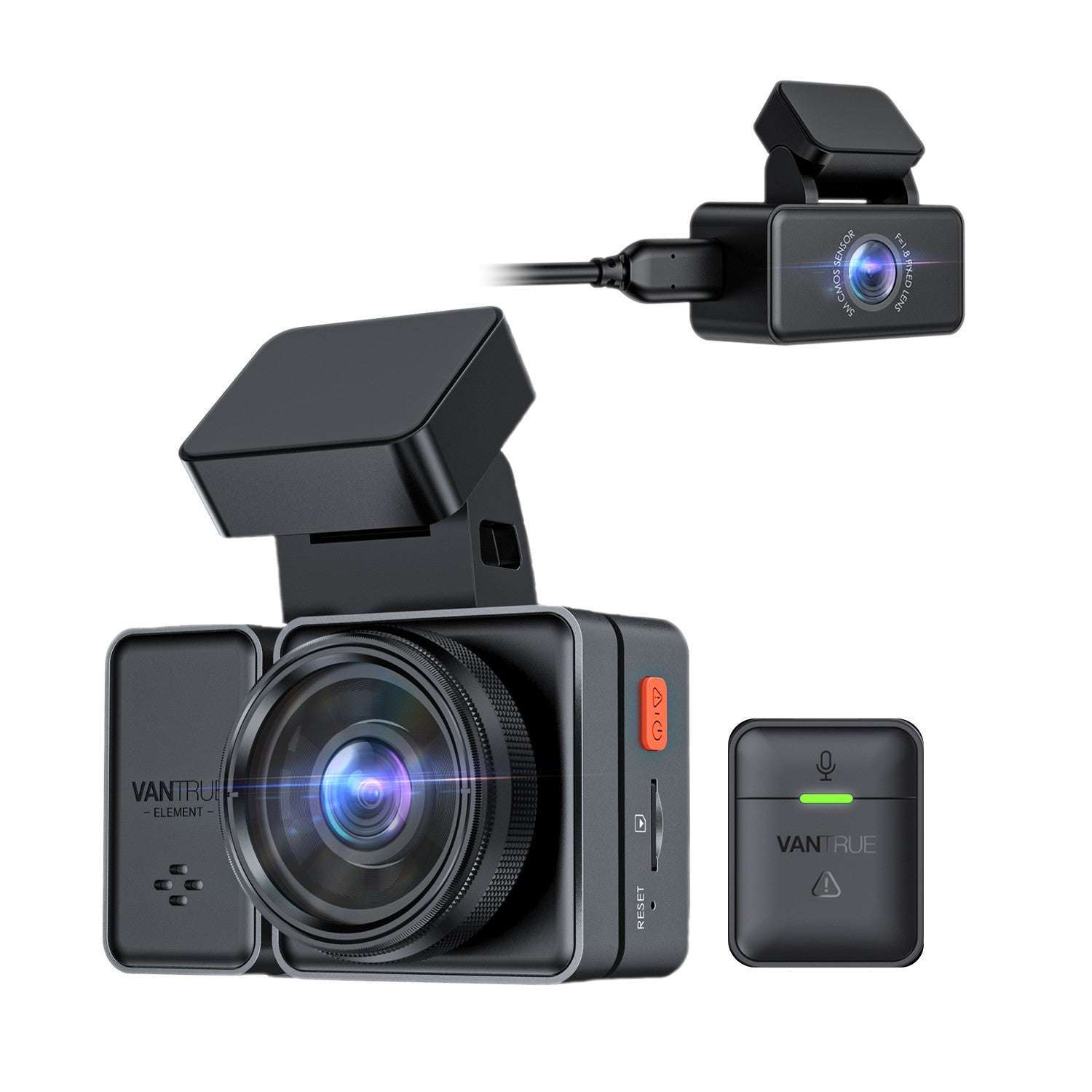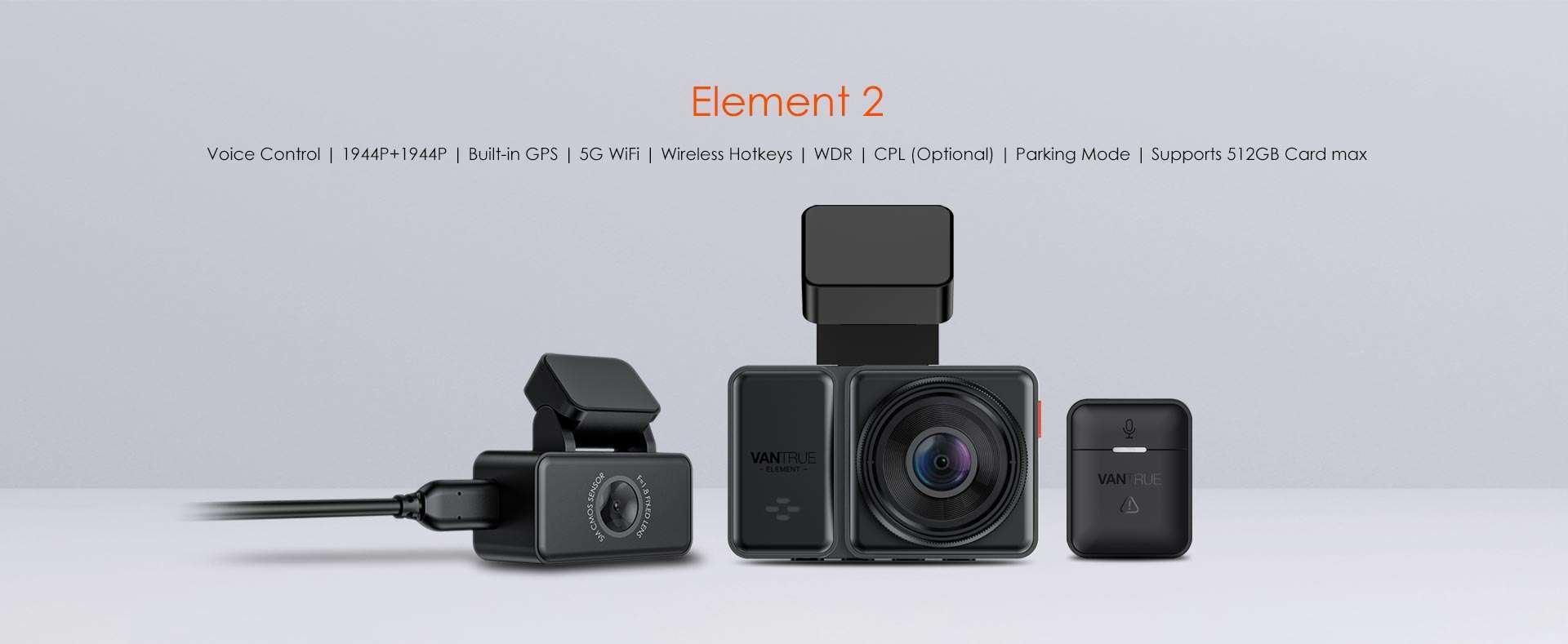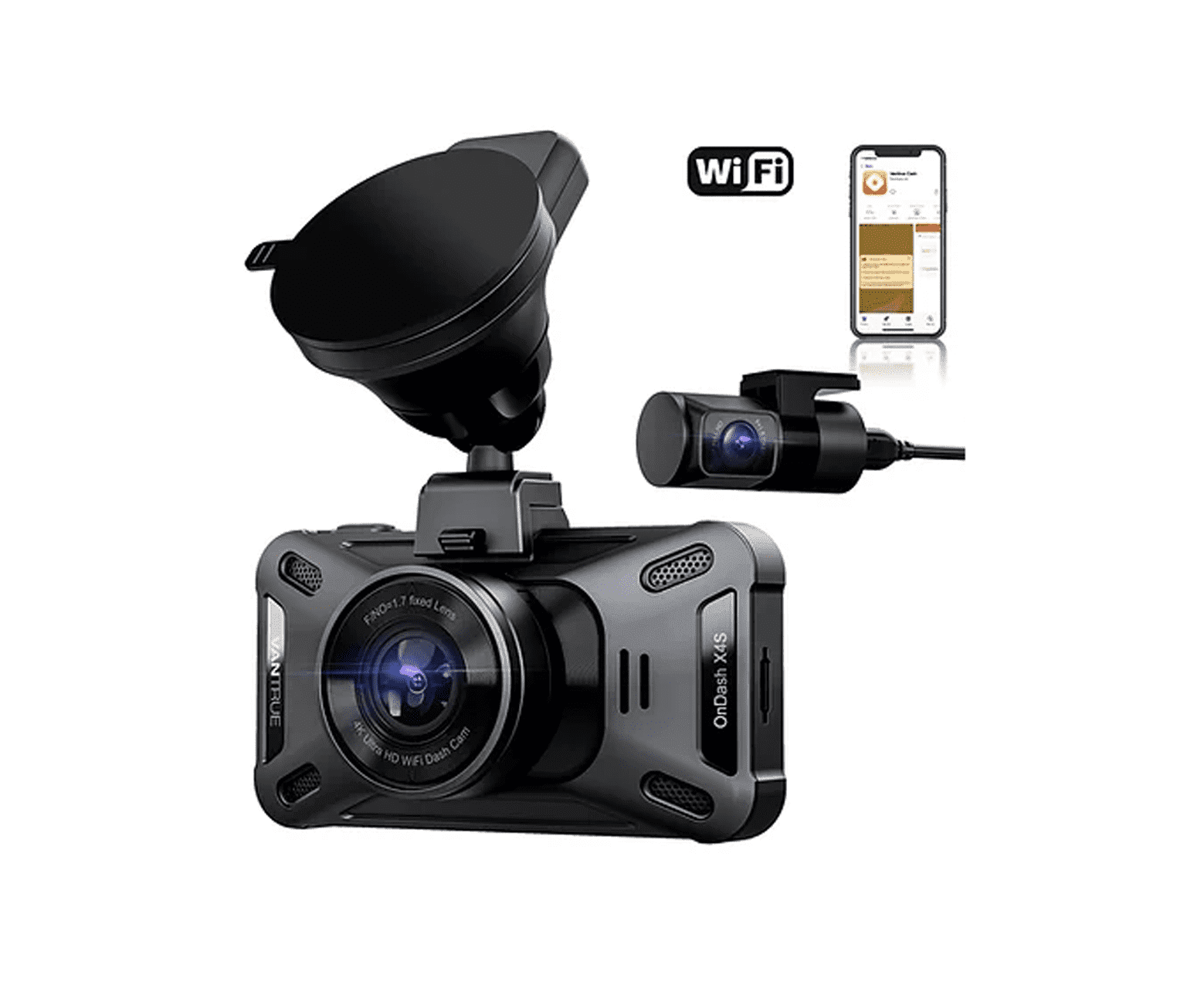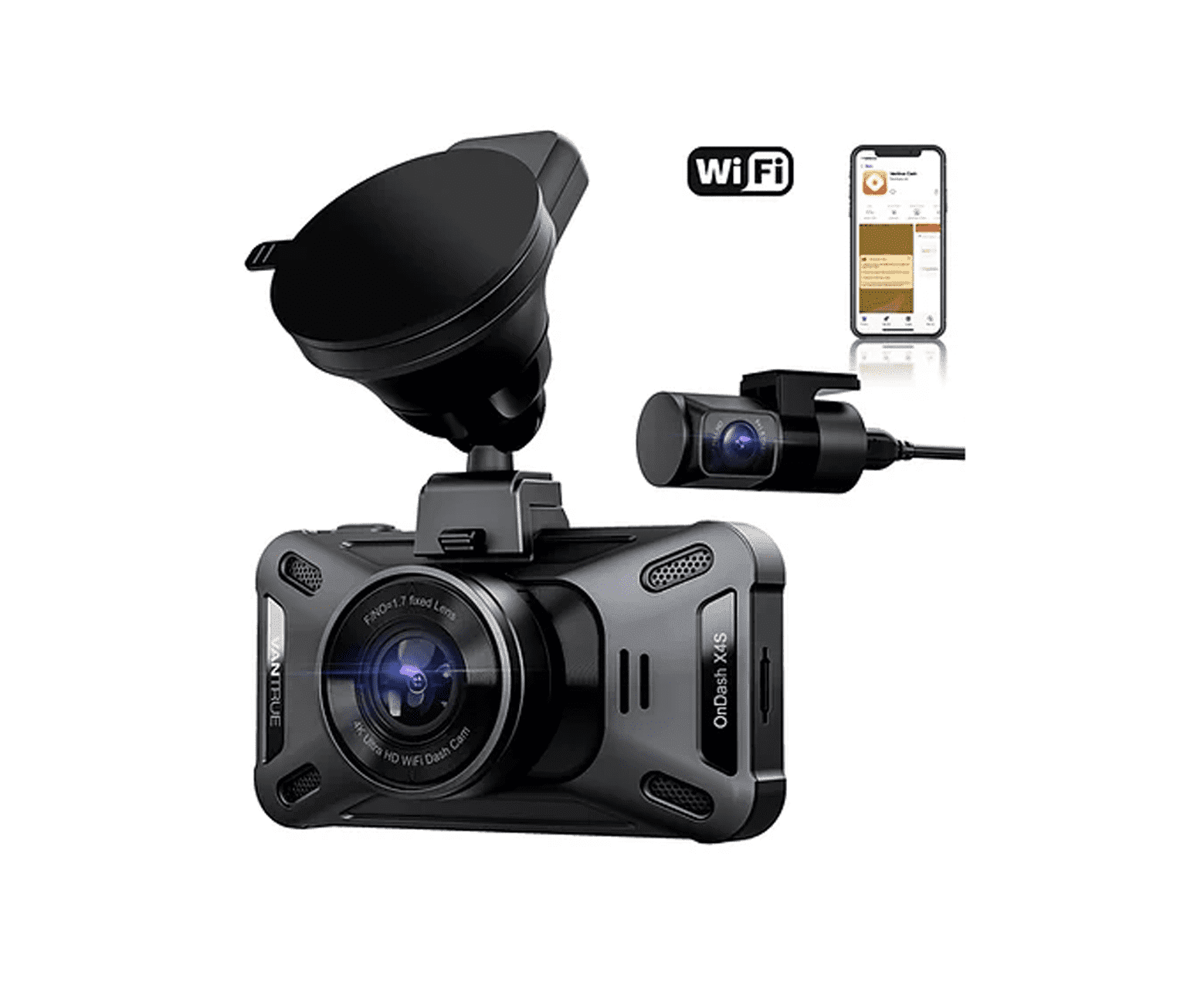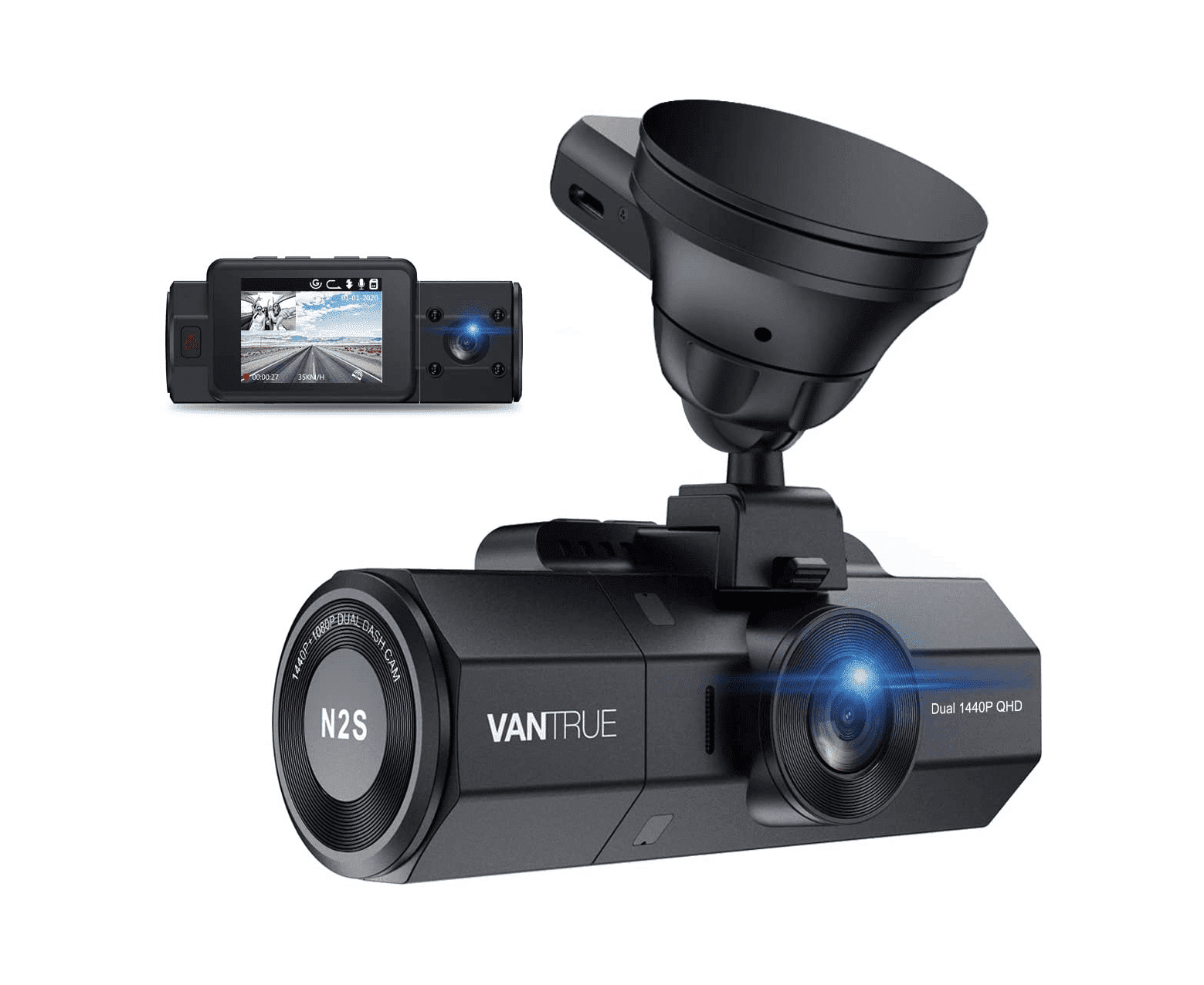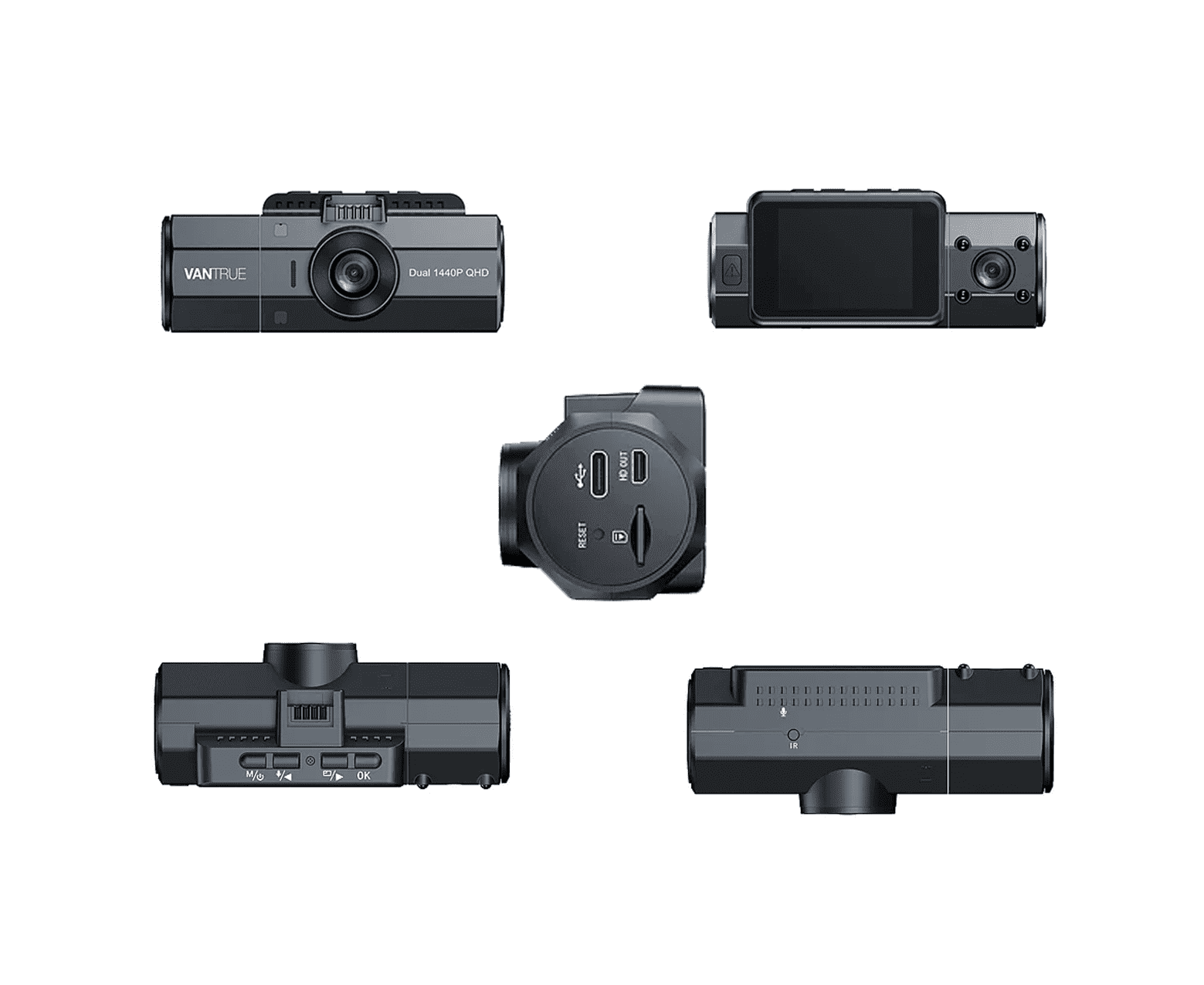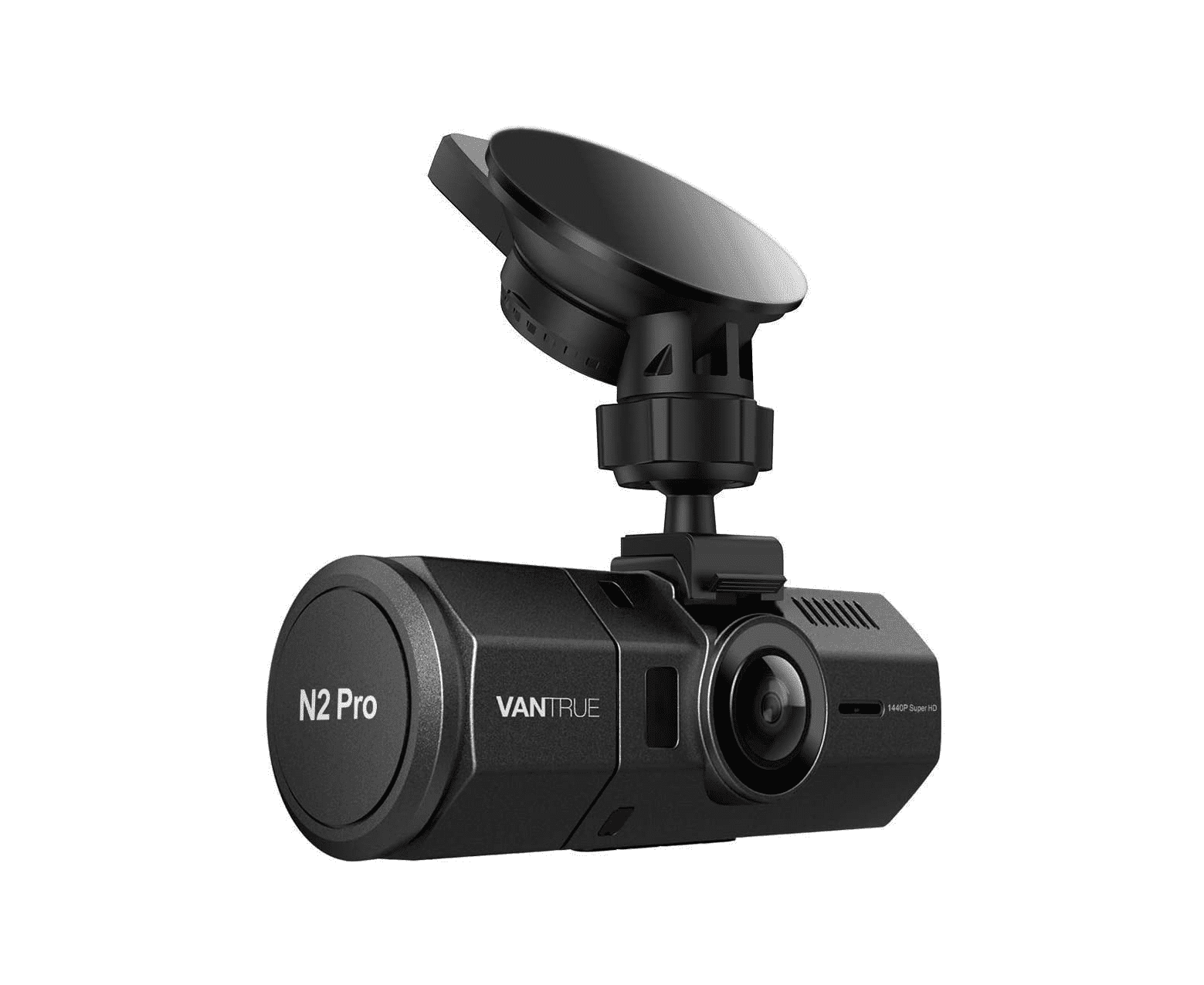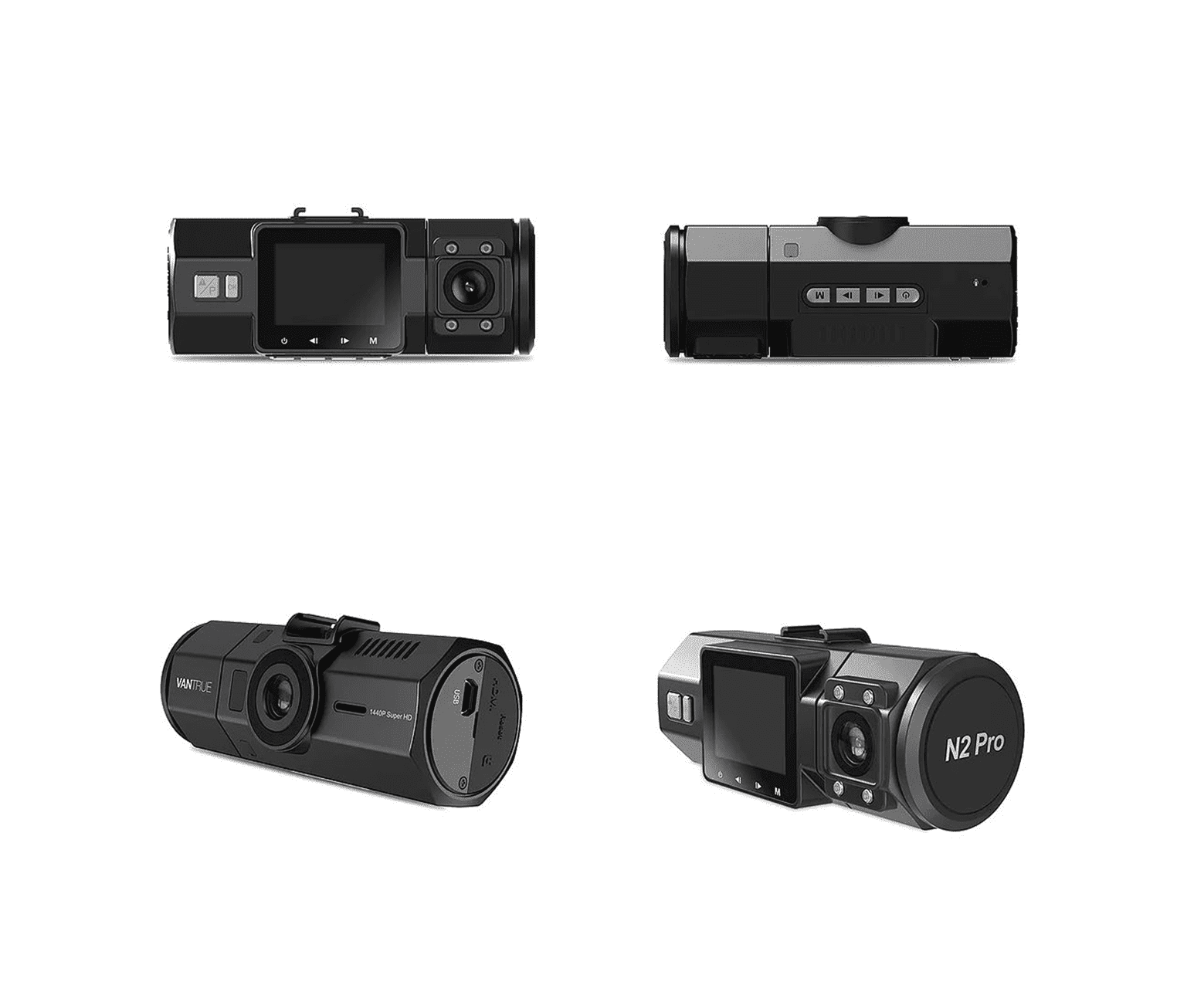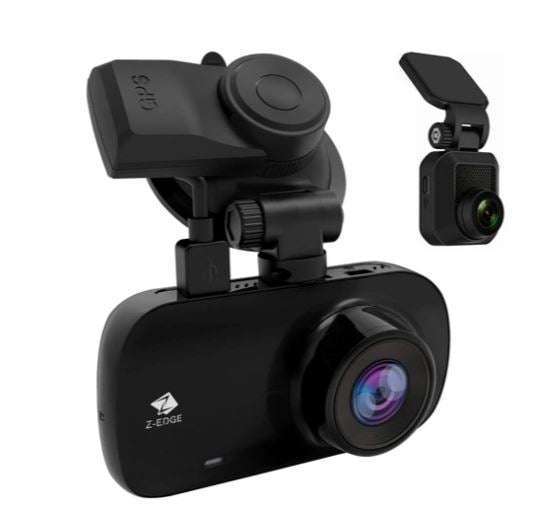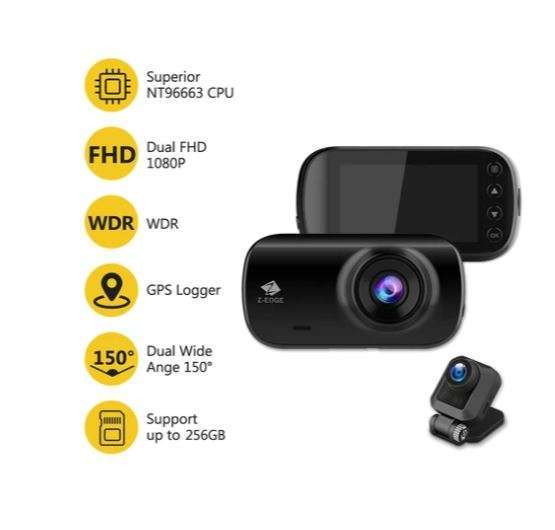When driving a car, not everything always happens in front; important incidents can also happen behind the vehicle. With a dashcam equipped with a front camera and rear view camera, all the crucial scenes are recorded. They give the driver additional security, which makes professional drivers feel good in particular. Discover high-quality dashcams for the front and rear in our online shop.
Buy dashcam front and rear at WnB
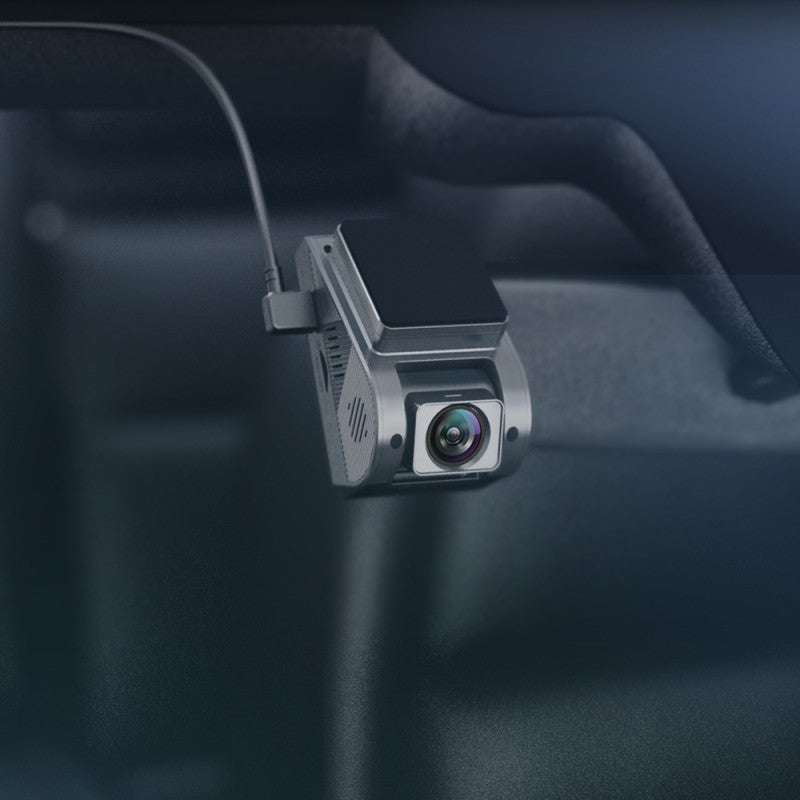
Dual Dashcams: Large selection of high-quality models
A car dashcam with cameras at the front and rear offers an optimal overview and can provide important evidence in the event of an accident. In order for the recordings to be evaluated in court proceedings, they must meet certain requirements. The image must have a high resolution so that everything is clearly visible and the videos must contain a recording stamp with various data such as GPS coordinates, recording time and speed. At WnB we offer you high-quality dual dashcams that meet these criteria. Discover, for example, the VIOFO A129 Plus Duo Dashcam, which received the grade “very good” in the 2023 image comparison. The cameras deliver clear images at the front, inside and rear, infrared night vision and parking monitoring that switches on automatically when movement is detected. Another highlight from our range is the Vantrue Element 2 - E2 1944p Dual Dashcam with voice control model. The car camera offers clear images and sharp night vision thanks to its HDR technology. With the Vantrue app, settings can be easily adjusted and video recordings transferred via the smartphone.
Car dash cam for double security
Two cameras see better than one. In many countries like UK and Russia, front and rear car dash cams are very common. In dangerous situations or in the event of an accident, they can help clarify what happened. In contrast to a conventional car dashcam, which only films to the front, a dual dashcam also captures the area behind your own car. The front camera is attached to the windscreen behind the rear-view mirror. The rear camera is either integrated in the device or can be mounted separately on the rear of the car. Investing in a dash cam for the front and rear can be worthwhile, because not every accident has witnesses. If the drivers disagree about the question of guilt, high costs can quickly come up. Because we know how difficult it can be to choose the right dashcam model and how different needs can be, we offer comprehensive advice to our customers. If you have any questions about a dual car dash cam, please contact us. We'll help you find the right device.
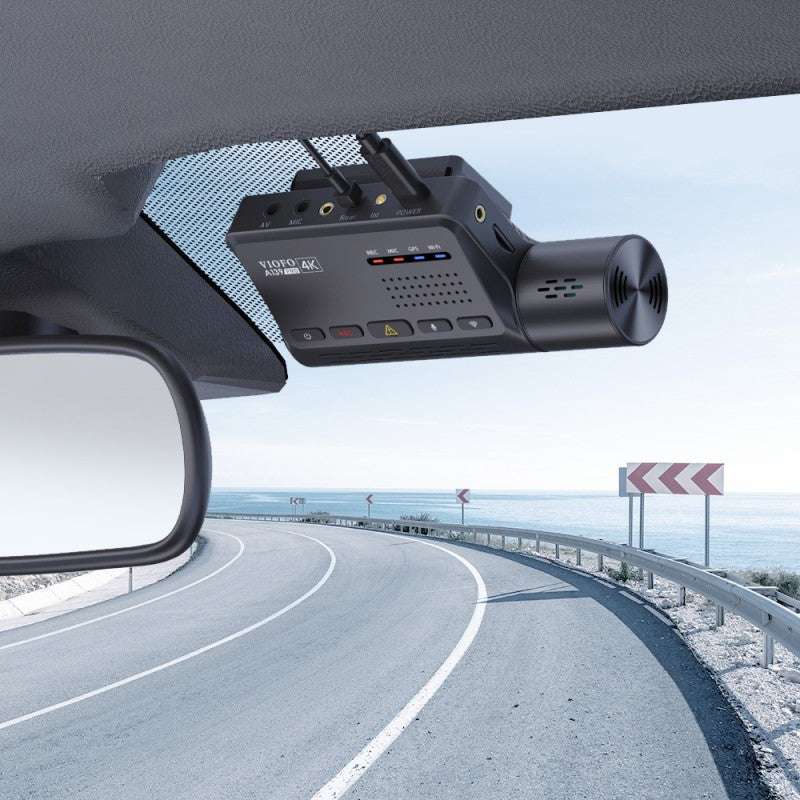
frequently asked Questions
Yes, dashcams are allowed in cars, but they must meet certain requirements. They should allow loop recording to continuously overwrite older recordings. A G-sensor is also important, which activates the camera in the event of a collision and saves the recording. This is crucial to be able to use the recordings as evidence while maintaining privacy.
Where a car dashcam can be installed in the vehicle is precisely regulated by law. Regardless of whether it is a dual camera or a normal car camera, they may not be installed on, in front of or behind windows that are necessary for the driver's view. A certain field of vision must always be kept clear (the driver must be able to see a twelve-meter radius of the roadway). A navigation device or a dashcam may be placed wherever the specified field of vision is not restricted.
Whether dash cam footage will be admissible as evidence in court depends on the individual case. Some courts have allowed dash cam footage of past trials, while others have not. In May 2018, the Federal Court of Justice passed a judgment that put an end to a number of court decisions. It was decided here that recordings from dashcams may be used in individual cases in civil proceedings. In all processes, the personal rights of the road user being filmed and the interest of the filmer in asserting his or her rights are weighed against each other.

